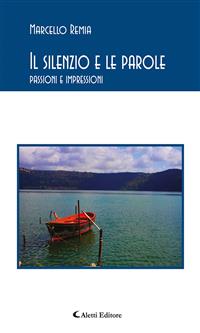1. A new multi-grid bathymetric dataset of the Gulf of Naples (Italy) from complementary multi-beam echo sounders
- Author
-
F. Foglini, M. Rovere, R. Tonielli, G. Castellan, M. Prampolini, F. Budillon, M. Cuffaro, G. Di Martino, V. Grande, S. Innangi, M. F. Loreto, L. Langone, F. Madricardo, A. Mercorella, P. Montagna, C. Palmiotto, C. Pellegrini, A. Petrizzo, L. Petracchini, A. Remia, M. Sacchi, D. Sanchez Galvez, A. N. Tassetti, and F. Trincardi
- Subjects
Environmental sciences ,GE1-350 ,Geology ,QE1-996.5 - Abstract
High-resolution bathymetry provides critical information to marine geoscientists. Bathymetric big data help characterise the seafloor and its benthic habitats, understand sedimentary records, and support the development of offshore engineering infrastructures. From 27 September to 20 October 2022, the new CNR research vessel Gaia Blu explored the seafloor of the Naples and Pozzuoli gulfs and the Amalfi coastal area (Tyrrhenian Sea, Italy) from 50 to more than 2000 m water depth, acquiring about 5000 km2 of multi-beam echo sounder data. This area is particularly vulnerable to abrupt changes driven by the dynamics of several volcanic complexes, active in the area, and by human-induced impacts reflecting the proximity to the highly populated and touristic coastal area of Naples and nearby famous islands. For these reasons, the seafloor of the area needs to be known and constantly monitored. The digital bathymetric data previously available are restricted to the shallow highly dynamic area of the Gulf of Naples and appear fragmented as they were acquired in successive years, with different goals thereby using a variety of devices, with markedly different spatial resolutions. In this paper, we present bathymetric maps of the Gulf of Naples and adjacent slope basins at unprecedented resolution using three state-of-the-art multi-beam echo sounders. These high-resolution data highlight the technological advances of geophysical surveys achieved over the last 20 years and contribute to assessing the most dynamic areas where changes in the seafloor over time can be quantified. The new digital multi-resolution bathymetric products are openly accessible via Marine Geosciences Data System MGDS (refer to “Data availability” section, Table 8, for datasets and product DOIs), perfectly matching the FAIR (findable, accessible, interoperable, and reusable) and open science principles.
- Published
- 2025
- Full Text
- View/download PDF

